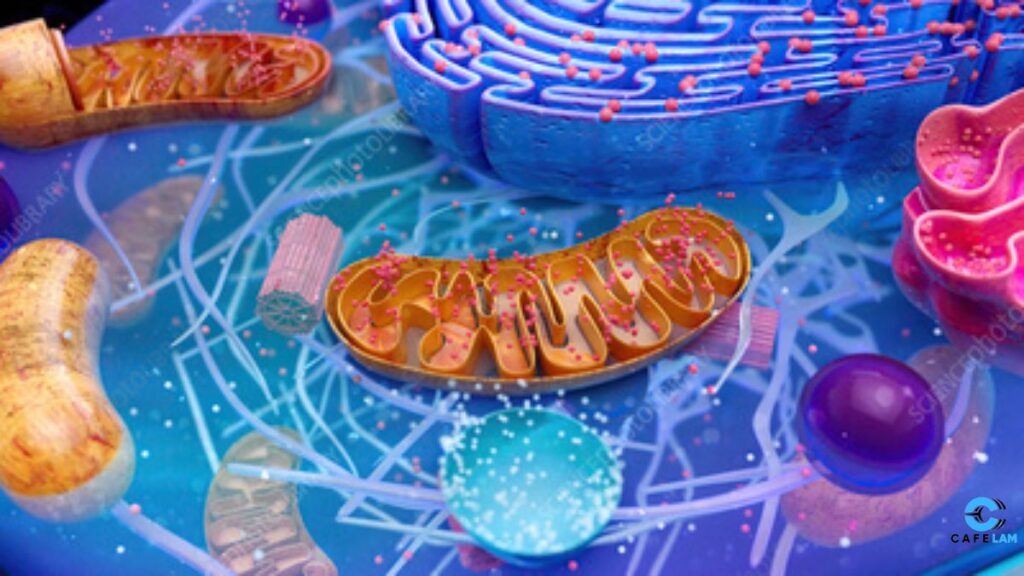KEY INSIGHTS
- MRSA (methicillin-resistant Staphylococcus aureus) or Golden Staph is a bacterium that poses a significant public health risk in Australian hospitals and the wider community.
- Within medical settings, the use of PPE is essential in mitigating the risk of MRSA transmission, and using disposable gloves made of nitrile is the gold standard of hand protection for medical and healthcare workers.
Medically-acquired infections are a major problem in Australian healthcare facilities, including hospitals. Perhaps of most concern is methicillin-resistant Staphylococcus aureus or MRSA. This is a common type of bacteria that poses significant public health challenges due to its resistance to the most commonly used antibiotics.
In Australia, MRSA has also become of serious concern within the broader community.
What Is MRSA?
MRSA is a strain of the Staphylococcus aureus (“Golden Staph) bacterium. This particular strain has developed resistance to methicillin and other antibiotics such as penicillin and amoxicillin, making its treatment and mitigation extremely challenging.
- aureus is very common and is found on the skin and in the nasal passages. In healthy people, it generally causes no harm, and we are none the wiser about its presence. If it enters the body through a cut, graze, or medical procedure such as an injection or surgical incision, however, it can cause infections ranging from minor skin conditions to bloodstream infections, pneumonia, and sepsis. These can be life-threatening.
When an infection is caused by MRSA, treatment becomes much more challenging, as its antibiotic resistance limits the effectiveness of standard drug therapies. As such, an MRSA infection often requires stronger, more expensive, and sometimes more toxic alternative medicines.
MRSA in Australia: A Growing Concern
Australia has seen a consequential increase in MRSA infections over the past few decades, and, statistically, MRSA accounted for between 20% to 30% of S. aureus bloodstream infections over recent years.
Perhaps most concerning, while hospital-acquired MRSA was once the dominant form, there has been a rise in community-associated MRSA. This impacts people outside traditional healthcare settings.
What this shift means is that MRSA is no longer just a hospital problem. Private households, sporting teams, schools, and prisons are now common sites for MRSA outbreaks, and it can also be transmitted in places like beauty salons, tattooists, and ear/body piercers. These community strains are particularly concerning because they often affect younger, otherwise healthy people. They can spread rapidly in group environments.
MRSA Infection Risk Factors
MRSA spreads predominantly through direct contact with an infected wound or contaminated hands, equipment, or surfaces. Some common risk factors include:
- Hospitalisation (especially in an intensive care unit)
- Recent surgery or another invasive medical procedure
- Having a compromised immune system
- Living in crowded conditions (e.g., dormitories, prisons)
- Participation in contact sports
- Sharing personal items like towels or razors
- Poor hygiene practices
In a healthcare setting, inadequate infection control measures (e.g. handwashing, use of PPE (personal protective equipment) greatly increase the risk of MRSA transmission, which makes prevention strategies even more critical.
Symptoms of MRSA
The symptoms of an MRSA infection depend on the infection site and severity. It often appears as a red, swollen, tender or painful area on the skin, wth or without pus or other drainage. Other symptoms may include:
- Fatigue
- Warmth around the infected area
- Fever/chills
- In severe cases, symptoms of sepsis may appear (rapid heart rate, confusion, low blood pressure). This is a medical emergency.
Early treatment is crucial to avoid complications, so any suspected MRSA infection should be promptly evaluated by a healthcare professional.
Diagnosing and Treating MRSA
Samples are taken from the infected area for testing and diagnosis. This can include skin swabs, blood tests, or urine tests, depending on the location and severity of the infection.
Once MRSA is identified, antibiotic susceptibility testing helps determine the most effective medication to use. Treatment usually involves prescribing specific antibiotics that MRSA has not yet become resistant to. Abscesses or boils (if present) need to be drained and disinfected, and hospitalisation for intravenous antibiotics may be required for a severe infection.
Using the correct antibiotic for the infection is imperative: never self-treat suspected MRSA with leftover or over-the-counter antibiotics, as this can worsen resistance and delay effective treatment.
Prevention: Infection Control Measures in Healthcare Settings
Preventing MRSA infection and transmission, especially in healthcare and other high-risk settings, requires a combination of personal hygiene, environmental cleanliness, and the proper use of personal protective equipment.
One key component of infection control is the use of personal protective equipment (PPE), particularly gloves made of nitrile. These are especially valuable in healthcare and high-risk environments for several reasons:
- Barrier Protection: Nitrile is a synthetic rubber that offers excellent protection against pathogens, including MRSA’s. Unlike latex, it is resistant to punctures and tears, reducing the risk of exposure to harmful microorganisms.
- Chemical Resistance: Nitrile gloves also provide resistance to a wide range of chemicals and disinfectants, allowing healthcare workers to perform cleaning and decontamination tasks safely and without risking the integrity of their skin.
- Allergen-Free: Latex allergies and sensitivity are relatively common. Nitrile gloves are a more comfortable, safer alternative, minimising allergic reactions among both healthcare staff and patients.
Using these gloves properly – changing them between patients, disposing of them properly, and washing/sanitising hands before and after use – significantly reduces the risk of MRSA transmission.
Just as important is the sterilisation of equipment and surface disinfection.
Prevention in the Community
Outside hospitals, preventing MRSA involves maintaining good hygiene and awareness. Practical steps include:
- Wash your hands regularly with soap and water and dry them thoroughly
- Cover cuts and scrapes with clean, dry dressings (e.g. Band Aids)
- Avoid sharing personal items like towels, washcloths, razors, and sports equipment
- Keep shared surfaces clean, especially in gyms and communal facilities
- Seek prompt medical attention for wounds that show signs of infection (warmth, redness, tenderness, pain, secretions)
Conclusion
MRSA is a serious public health concern in Australia. Community awareness and proper infection control can make a significant difference in any setting. Practicing good hygiene, recognising symptoms early, and using preventative measures such as nitrile gloves in high-risk environments can help contain this antibiotic-resistant superbug.
Have you found this topic useful? For more informative content, check out the rest of our blog!







